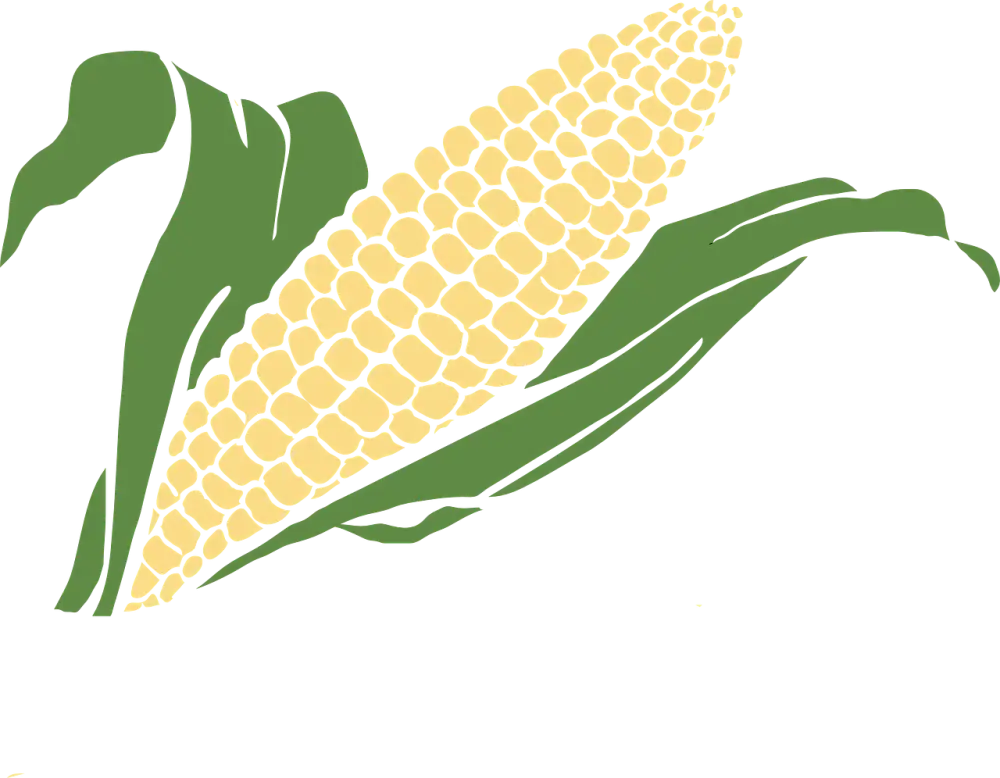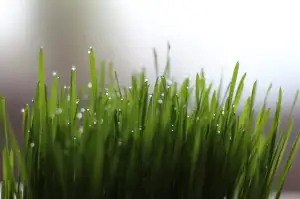Understanding Pica: The Risks and Effects of Eating Corn Starch for Your Health

- Understanding pica as a medical condition
- The potential risks and dangers of consuming corn starch
- Exploring the nutritional value (or lack thereof) in corn starch
- Alternative strategies for managing pica and reducing the desire to eat corn starch
- Seeking professional help and support for individuals with pica
Corn starch, a common ingredient found in many food products, has gained attention for its potential connection to pica. Pica is a medical condition characterized by cravings for non-food items, such as dirt or ice. In recent years, there have been reports of individuals consuming corn starch as a result of pica. This behavior raises concerns about the risks and benefits associated with eating corn starch for health. Let's delve deeper into this topic and explore the truth behind these claims.
Understanding pica as a medical condition
Pica is a medical condition characterized by the persistent craving and consumption of non-food substances, such as corn starch. It is often associated with nutritional deficiencies or underlying mental health issues. Individuals with pica may have an abnormal appetite for substances that lack nutritional value, putting their health at risk. Understanding pica as a medical condition is crucial in order to address the root causes and provide appropriate treatment and support.
The potential risks and dangers of consuming corn starch
Consuming corn starch may pose potential risks and dangers to your health. One of the main concerns is its high glycemic index, which can lead to spikes in blood sugar levels. This can be particularly problematic for individuals with diabetes or those trying to manage their weight. Additionally, corn starch lacks essential nutrients and fiber, making it a poor choice for a balanced diet. Overconsumption of corn starch can also lead to digestive issues such as bloating, gas, and constipation. It is important to be aware of these risks and consider healthier alternatives for your overall well-being.
Exploring the nutritional value (or lack thereof) in corn starch
Corn starch is a common ingredient used in cooking and baking, but when it comes to nutritional value, it falls short. Unlike whole corn or cornmeal, corn starch is highly processed and stripped of its natural nutrients. It mainly consists of carbohydrates with minimal amounts of protein, fiber, vitamins, and minerals. Consuming excessive amounts of corn starch can lead to an imbalanced diet lacking essential nutrients. Therefore, it is important to seek healthier alternatives that provide more nutritional benefits.
Alternative strategies for managing pica and reducing the desire to eat corn starch
There are several alternative strategies that can help individuals manage pica and reduce the desire to eat corn starch. Firstly, it is important to identify and address any underlying nutritional deficiencies or medical conditions that may be contributing to the cravings. Working with a healthcare professional, such as a doctor or registered dietitian, can help develop a personalized plan to meet nutritional needs.
Additionally, finding healthier substitutes for corn starch can be beneficial. Experimenting with different textures and flavors can help satisfy cravings without resorting to consuming corn starch. For example, opting for crunchy vegetables like carrots or celery can provide a similar texture while offering more nutritional value.
Engaging in distracting activities when cravings arise can also be helpful. Finding hobbies or activities that keep the mind occupied can redirect attention away from the desire to eat corn starch. This could include activities such as reading, exercising, or engaging in creative pursuits.
Lastly, seeking support from friends, family, or support groups can provide encouragement and accountability in managing pica. Sharing experiences and learning from others who have successfully overcome similar challenges can be empowering.
By implementing these alternative strategies, individuals with pica can work towards reducing their desire to eat corn starch and promoting a healthier relationship with food.
Seeking professional help and support for individuals with pica
Seeking professional help and support is crucial for individuals with pica. It is important to consult a healthcare provider or a mental health professional who can provide a comprehensive evaluation and diagnosis. They can offer guidance on appropriate treatment options, such as cognitive-behavioral therapy or medication, tailored to the individual's specific needs. Support groups and counseling can also be beneficial in addressing the underlying causes of pica and developing healthier coping mechanisms. Remember, reaching out for help is a sign of strength and an essential step towards promoting overall well-being.
In conclusion, it is crucial to promote a healthy relationship with food and address the issue of pica. Eating corn starch may seem harmless, but it can have serious risks and effects on our health. Understanding pica as a medical condition is essential in order to provide appropriate support and treatment.
Instead of relying on corn starch for satisfaction, exploring alternative strategies can help manage pica and reduce the desire to consume non-food items. This may include seeking professional help, such as therapy or counseling, to address underlying psychological factors contributing to pica.
It is important to recognize that individuals with pica require understanding and support from their loved ones and healthcare professionals. By fostering a compassionate environment, we can assist them in overcoming this condition and developing healthier eating habits.
Ultimately, promoting a healthy relationship with food involves addressing pica as a serious medical condition. By raising awareness about the risks and dangers of consuming corn starch, we can encourage individuals to seek help and find healthier alternatives for satisfying their cravings. Together, let us strive towards a society where everyone can enjoy food safely while embracing their love for culinary delights.
Published: 29. 12. 2023
Category: Health



